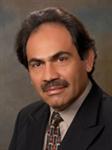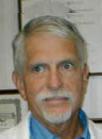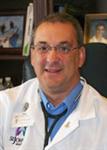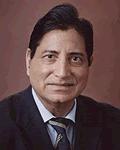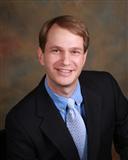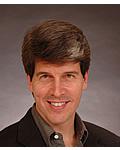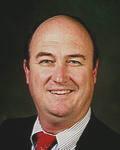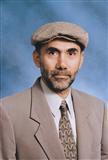What is Prosthetics and Orthotics
Many people with abnormalities, deformities, or missing body parts can be helped with orthotics and prosthetics. These are pieces of medical equipment that can help replace or improve body parts. They include braces, inserts, artificial limbs, and many other medical equipment fabrications.
Prosthesis, or what is commonly known as an artificial limb is an extension or replacement of a missing or damaged body part. It can be an artificial leg, an entire hand or just the palms of hands or feet etc. Those professionals who deal with prosthesis are called Prosthetists.
One of the most important moments in the preparation of the patient to the prosthesis is complex restorative treatment and rehabilitation of people with disabilities with a lesion of the musculoskeletal system. It is aimed at eliminating or reducing disturbances of functions, secondary deformities, treatment of malformations and diseases of the residual limb.
In restorative treatment, as well as on the stages of preparation and development of prosthetic and orthopedic products used exercise therapy, massage, swimming, occupational therapy. The essence of therapeutic measures is to preparation a patient to prosthetics and training in the use of prosthetic and orthopedic products. During this period, for the patient is manufactured medical-training or permanent prosthesis, learn to use artificial limbs, producing a new motor stereotype, at the same time adapt to the conditions of life.
There are prostheses for the upper and lower limbs. Are made orthopedic devices, orthopedic devices for the trunk, orthoses for the limbs, orthopedic shoes, insoles and inserts in shoes.
Contraindications to the appointment of prostheses are: pain in the residual limb, non-healing wounds and fistulae, immature scars and protrusion bone of the stump.
Orthosis - technical means used to fixing unloading correction, improve the function of the limb of the patient in pathological changes in the musculoskeletal system. By purpose they can be preventive, curative and constant at permanent loss of form and function of the limb.
By functions orthoses are: fixation, unloading, corrective and functional-corrigents.
Orthoses are manufactured in the form of declinators, bandages, braces, splints, orthopedic tires, orthopedic devices, and so on. With their help, is also carried out medical influence on this or that part of the body with the help of not only the mechanical properties of the material used, but also the simultaneous action by physical methods (heat, electrical muscle stimulation, micro massage).
Fixation orthosis in the form of headholder, used in trauma of the cervical spine, performs its stabilization in functionally favorable position and unloading of the cervical vertebrae.
Orthoses the upper limbs by functional purpose is divided into the fixation, corrective, unloading and functional. They are produced in the form of orthopedic tire, splints and devices using various materials (metal, leather, plastics, textiles, etc.). They are divided into rigid, semi-rigid, soft and elastic.
The indications for appointment are certain types of injuries and illnesses, depending on the patient's age, location, severity, the results of nonoperative and operative treatment. They are used for the prevention of contractures, limb deformities, consolidating the results of rehabilitation.
Orthoses is prescribed when spastic and flaccid paralysis, paresis of the lower limbs, excessive mobility in the joints, false joints of long bones, clubfoot, after reconstructive surgery and congenital limb shortening.
Contraindications to the appointment of orthoses are fixation contractures, muscle spasticity or hyperkinesis, as well as damage to the skin, open sores of the skin, skin diseases and impaired intellect.
Orthotics in diseases and deformities of the lower limbs improves the function of the limb, get the opportunity to self-movement, engaged in the prevention of secondary deformations and restore impaired function of the limb.
So, the fields Prosthetics and Orthotics appear to be autonomous, these professionals usually work as part of multi-skilled teams. Their clientele ranges from small children to adults and elderly population suffering from age-related injuries and illnesses.
These professionals need to be highly trained to be able to work competently, work with a team of orthopaedics, physiatrists and other medical professionals.
On our website there are a number of specialists that deals Prosthetics and Orthotics.
hide
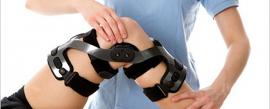 Prosthetics and Orthotics is a medical and engineering based healthcare profession which deals with rehabilitation of physically handicapped individuals who suffer from limb malfunctions or abnormalities or absence or loss of limbs or other body parts.
Prosthetics and Orthotics is a medical and engineering based healthcare profession which deals with rehabilitation of physically handicapped individuals who suffer from limb malfunctions or abnormalities or absence or loss of limbs or other body parts. 